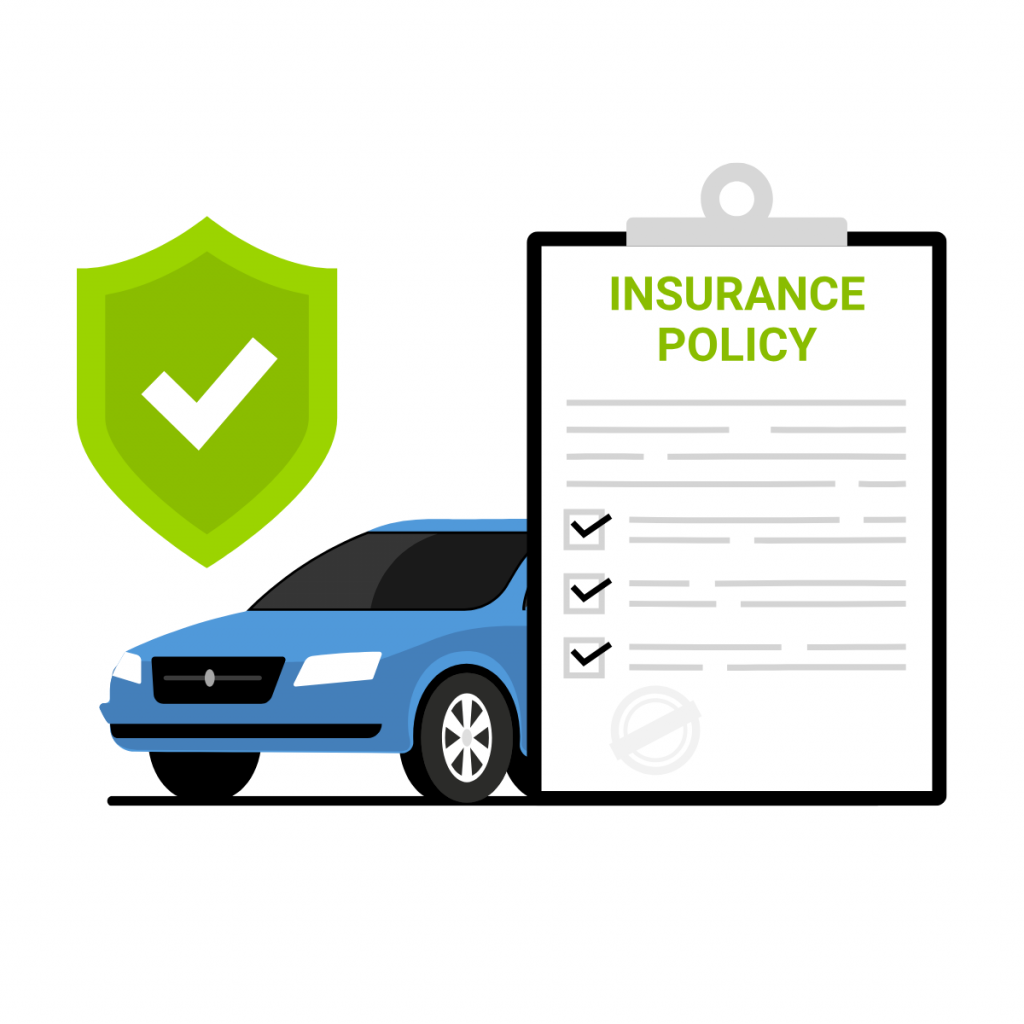Choosing the right car insurance coverage can be a daunting task, especially with the numerous options available. However, it’s essential to understand that your car insurance policy is not just a legal requirement, but a protective measure that can save you from significant financial losses in the event of an accident or other unexpected situations. Whether you’re a first-time buyer or looking to adjust your current coverage, it’s important to select a policy that best suits your needs. In this article, we’ll guide you through the process of selecting the right car insurance coverage by highlighting the factors you need to consider and providing tips on how to make an informed decision.
Understanding Car Insurance Coverage Types
Before choosing the right car insurance, it’s essential to familiarize yourself with the different types of coverage available. Understanding these options will help you assess what type of protection your vehicle and personal situation require.

1. Liability Coverage
Liability insurance is mandatory in most states. This basic form of car insurance covers the costs of damages and injuries you cause to others in an accident. Liability coverage typically includes two components:
- Bodily Injury Liability: This covers medical expenses, legal fees, and compensation for anyone injured in the accident you caused.
- Property Damage Liability: This covers the damage to other vehicles, buildings, fences, or any other property that you might damage in an accident.
Liability coverage does not cover any damage to your own vehicle or personal injuries. However, it’s an essential coverage that ensures you’re not left financially responsible for damages you cause to others.
2. Collision Coverage
Collision coverage helps pay for the repair or replacement of your vehicle after an accident, regardless of who is at fault. If you crash into another vehicle, a tree, or a fence, collision insurance will cover the costs of fixing or replacing your car.
This coverage is especially important if you own a newer or more expensive vehicle. Collision coverage can also be beneficial if you drive in areas with heavy traffic, increasing the likelihood of an accident. Be aware that collision coverage comes with a deductible, which is the amount you’ll have to pay before your insurance policy kicks in.
3. Comprehensive Coverage
Comprehensive coverage protects your vehicle against damage not caused by a collision. It covers a wide range of incidents, such as:
- Theft
- Vandalism
- Natural disasters (floods, hail, wildfires)
- Animal collisions (hitting a deer, for example)
- Falling objects (like a tree branch)
Comprehensive coverage is optional, but it’s recommended for drivers with high-value or new vehicles. This policy ensures that you’re covered for damage caused by events beyond your control, such as weather events or theft. As with collision coverage, comprehensive coverage typically includes a deductible.
4. Personal Injury Protection (PIP)
Personal Injury Protection (PIP), also known as no-fault insurance, covers medical expenses, lost wages, and other costs resulting from an accident, regardless of who is at fault. PIP coverage often extends to passengers in your vehicle and pedestrians involved in the accident.
PIP is particularly valuable in states that require no-fault insurance, but it can also be beneficial in other states as it helps cover costs that health insurance might not fully pay. PIP can also cover non-medical expenses, such as household help or child care if you’re unable to perform daily tasks due to your injuries.
5. Uninsured/Underinsured Motorist Coverage
Uninsured/Underinsured Motorist Coverage (UM/UIM) protects you if you’re involved in an accident with a driver who either has no insurance or insufficient coverage to pay for the damages. If the at-fault driver doesn’t have enough coverage, this policy will help cover the costs of your medical bills, vehicle repairs, and even pain and suffering.
This coverage is essential in areas where many drivers might be uninsured or underinsured. It ensures that you’re not left financially burdened when the other party can’t pay for the damages.
6. Medical Payments Coverage (MedPay)
Medical Payments Coverage, or MedPay, covers the medical expenses for you and your passengers in the event of an accident, regardless of who caused it. MedPay can cover hospital bills, doctor visits, surgery costs, and even rehabilitation.
While MedPay is similar to PIP, it only covers medical expenses and not lost wages or other non-medical expenses. If you have health insurance, MedPay can be a useful add-on to fill in any gaps that your health insurance may not cover.
Factors to Consider When Choosing the Right Car Insurance
Now that you’re familiar with the different types of car insurance, let’s explore the key factors you need to consider when choosing the right policy for your needs.

1. Your Budget
Your budget plays a significant role in determining the type of coverage you can afford. While it’s tempting to choose the cheapest option, it’s important to ensure that the coverage you select provides adequate protection. Opting for a policy with minimal coverage may save you money initially, but it could leave you vulnerable to significant financial losses in the event of an accident.
When selecting car insurance, consider the balance between cost and coverage. If you have a newer vehicle or a high-value car, comprehensive and collision coverage may be necessary, even if they come at a higher premium.
2. State Minimum Requirements
Each state has its own minimum requirements for car insurance. These requirements usually include liability coverage, but the specific limits can vary. It’s essential to familiarize yourself with the minimum coverage required in your state and ensure that your policy meets or exceeds these limits.
In states with no-fault insurance laws, Personal Injury Protection (PIP) may be mandatory. Make sure to check your state’s regulations to avoid any legal issues.
3. Vehicle Type and Value
The type and value of your vehicle can significantly impact the kind of coverage you need. For example, if you have a brand-new or luxury vehicle, comprehensive and collision coverage may be essential to protect your investment. On the other hand, if you drive an older car with a low market value, liability coverage or minimum coverage may be sufficient.
If you’re leasing or financing your car, your lender may require you to carry certain types of coverage, such as collision and comprehensive insurance, to protect their investment.
4. Your Driving Habits
Your driving habits should also influence the type of coverage you choose. For example, if you drive frequently in urban areas with high traffic, you might want to invest in collision and comprehensive coverage. If you primarily drive long distances or in rural areas, you may want to consider additional protection for things like roadside assistance or rental car coverage.
5. Discounts and Add-Ons
Many insurance companies offer various discounts and add-ons that can help lower your premiums while still providing adequate coverage. Common discounts include:
- Safe driver discounts for maintaining a clean driving record
- Multi-policy discounts for bundling home and auto insurance
- Low-mileage discounts for driving fewer miles each year
Additionally, you may be able to add coverage options like roadside assistance or rental car reimbursement to enhance your protection. Be sure to ask your insurer about any available discounts or add-ons.
6. The Insurance Provider’s Reputation
The reputation of your insurance provider is just as important as the coverage itself. You want an insurer with a solid track record of customer service, easy claims processing, and prompt payouts in case of an accident. Take the time to read reviews and compare providers to find one with a reputation for reliability and excellent customer support.
Conclusion
Choosing the right car insurance coverage is an essential step in protecting yourself, your passengers, and your vehicle. With so many options available, it’s important to evaluate your budget, driving habits, and the type of coverage that will best suit your needs. Whether you’re looking for basic liability coverage or more comprehensive protection, understanding the different types of car insurance and considering the factors outlined above will help you make an informed decision. By choosing the right policy, you can drive with peace of mind, knowing that you’re covered in case of an accident or unforeseen event.

Leave a Reply